
10+ Training Outline Templates – PDF, Word, Apple Pages
Before an establishment can start and continue, there must be a training outline available as to how you can go…
Mar 29, 2023
When you’re required to deliver a speech, then there’s a very high chance that the nerves will get the better of you and you may even forget a couple of lines that you want to discuss. This means you’re going to have to come up with a way to help ensure that you’re able to stay on track with the information that you want to share. You may also see sample outline templates.
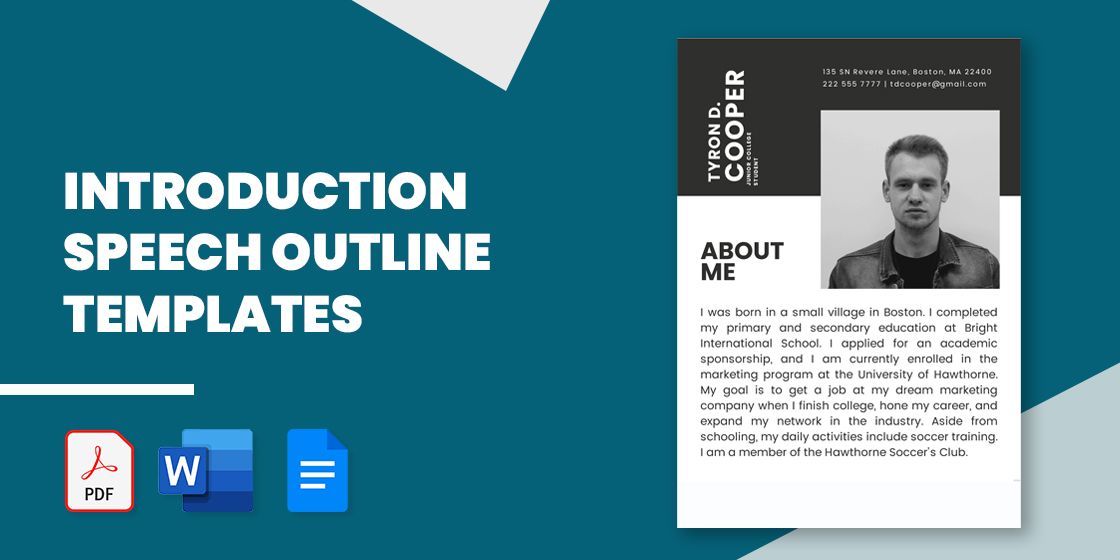
One of the best things that can help you do just that is if you’re able to create a sample speech outline which will give you the details on what you need to do when sharing information with an audience. This article is going to focus on how you’re going to go about in creating a speech simple outline.

textflow.mheducation.com
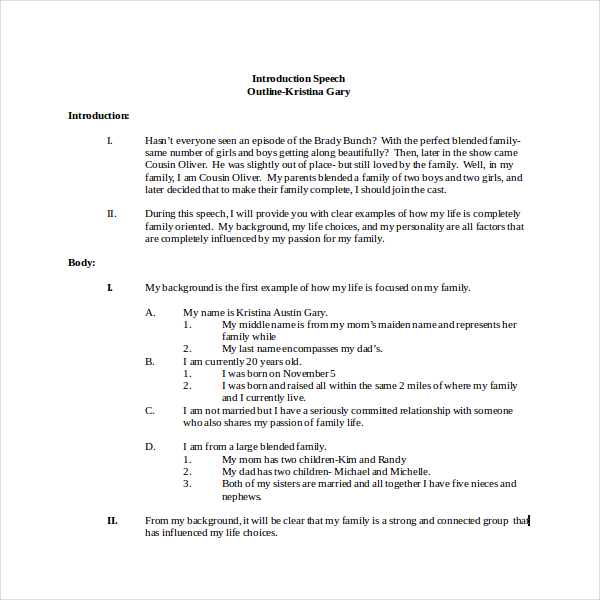
iupui.edu

hawaii.edu
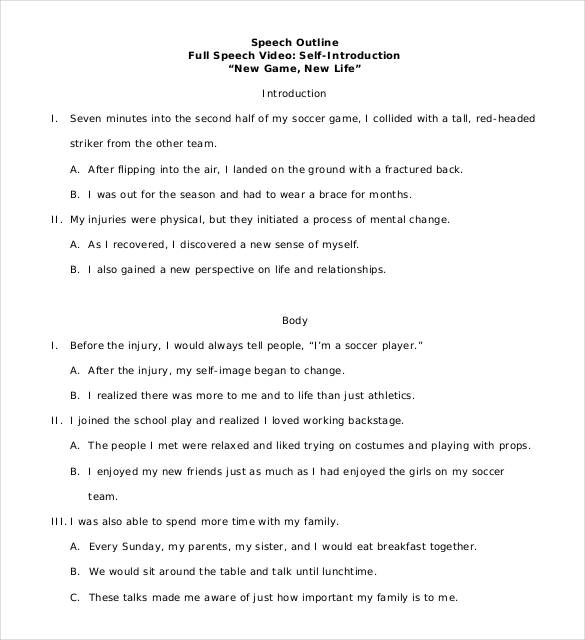
textflow.mheducation.com
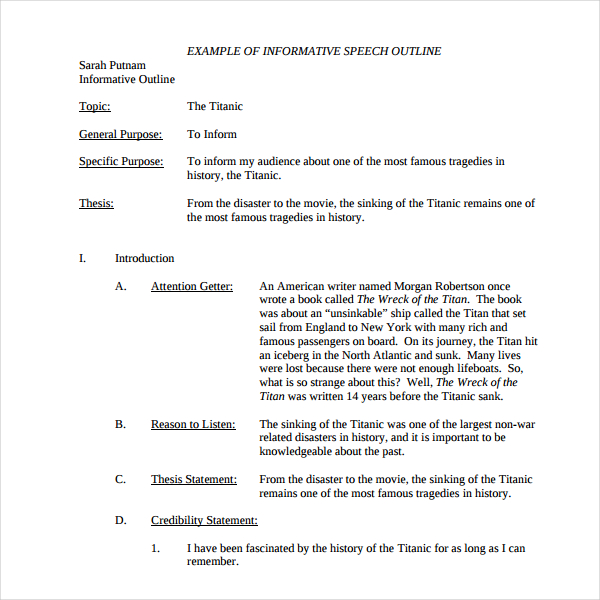
cmich.edu
With the help of a speech printable outline, you can increase your confidence as well as help you keep your authority and control during the entire duration of your speech. While this will only cover how you’re going to introduce yourself as well as what you’re going to share, this is still very important. So, here are the things that you’re going to have to place in your speech outline word document:
The first thing that your audience is going to want to know is who’s the person that’s delivering the information to them. If someone else has introduced you, then you should definitely thank the person who did so as well as the people who are responsible for holding the event and allowing you to talk on stage. You may also see Speech templates.
Once you’ve told the audience as to who you are, the next thing that you should do is to take hold of their attention. It can be anything from a personal story that you want to share, a joke that will make them laugh, or an interesting topic that will ensure that these people will keep their attention focused on you for the entire duration of your speech. You may also see Newsletter Outline templates.
In this part of your introduction, you’ll transition from your attention-getting anecdote into the subject matter of the speech that you’re going to provide. You don’t want to make this too long as you want it to get straight to the point. So, this section of the introduction should just be a sentence or two:
Your thesis sample statement, broadly, tells the audience the scope of your speech. It’ll give them the general idea as to what’s going to be talked about and it might even tell them as to how you’re going to go about delivering the information to them. The structure and content of this simple statement will vary based on the kind of speech that you’re going to deliver:
Now that you’ve shared the point of your speech, then the next thing that you’ll have to do is to make these people know why they should be listening to whatever it is that you to share with them. Credibility doesn’t necessarily have to be as formal as a specific degree or years of research. This can be something that can come from a personal story of yours that will make these people want to listen to you. You may also like Plan Outline templates.
Now that the audience knows what you’re going to talk about, why you’re going to talk about it, and why they have to listen to you, then the next thing you should do is give them a summary of the points you’re going to make with your speech.
If you would like to learn more in regards to how to create an introductory speech outline or anything related to this particular topic (such as how to go about creating a persuasive speech outline), then all you have to do is go through our other available articles on our site, find the information that you need, and make use of whatever you’re able to gather to help you and your business out. You can also see more on Template.Net!

Before an establishment can start and continue, there must be a training outline available as to how you can go…

Writing an autobiography for each person is a distinctly individual experience but there are some topics that are essential to…
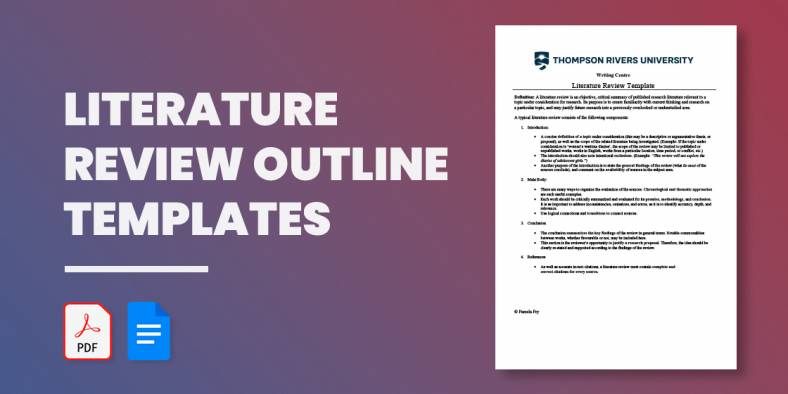
There are some basic criteria that one must judge a work of literature on, irrespective of genre. Typing them out…
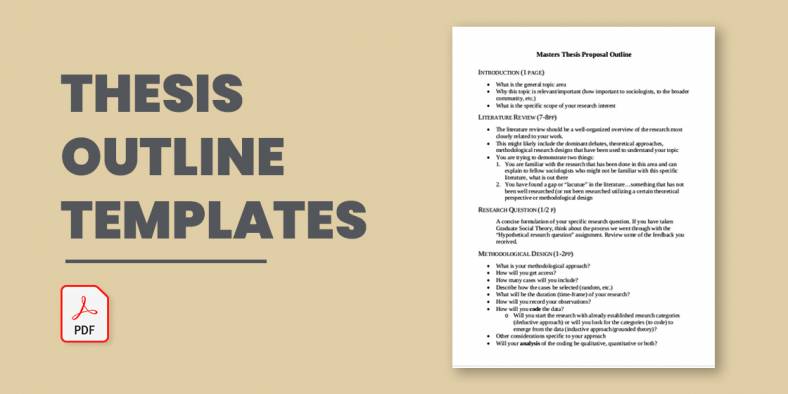
A thesis outline templates is made to ensure that the plans for the creation of a thesis is put together…

An essential tool in planning a project, drafting a research study, writing a story, or studying for an upcoming test…

As most types of writing, the purpose of academic writing is to communicate the thoughts and ideas you have in…

Curiosity and a great sense of wonder. These are perhaps two of mankind’s most redeeming qualities, especially that these hard,…

Remember your elementary school days? As a fifth grader weren’t you already asked to write about something you love, maybe…

Business branding is a necessity. Not only does it help people to identify your business, but it also helps with…